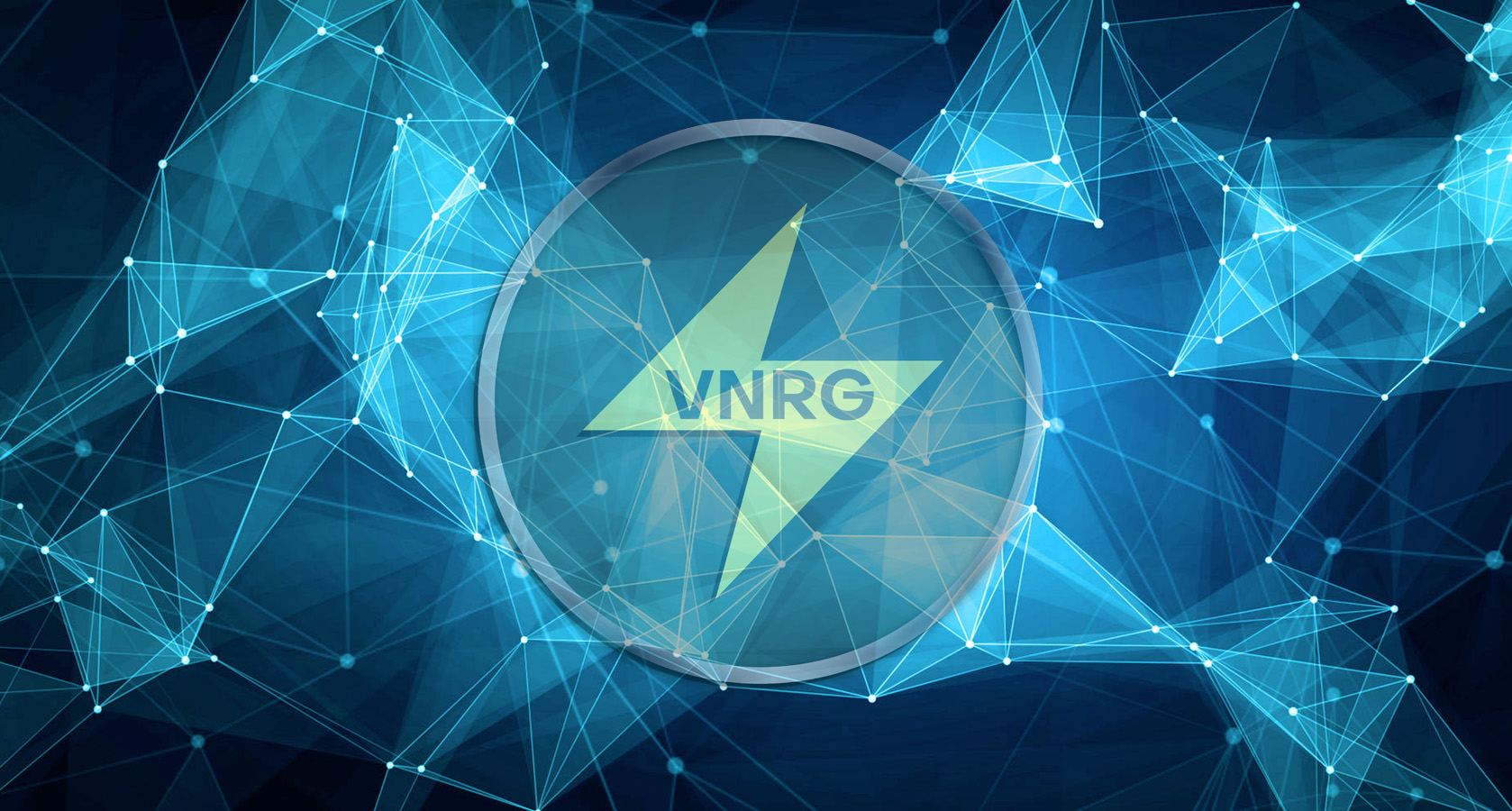Introduction
In the ever-evolving world of blockchain, transaction fees have long been a necessary evil. Whether it’s Ethereum’s gas fees fluctuating wildly or other networks imposing fixed transaction costs, users and developers often find themselves burdened by unpredictable expenses. Enter Dynamic VNRG, a groundbreaking system designed to redefine transaction economics. By dynamically adjusting the cost of transactions based on network activity and participation, Dynamic VNRG has the potential to make transactions quasi-free or even completely free in certain scenarios.
How does it work? Let’s dive into the mechanics behind this innovative approach.
How does it work? Let’s dive into the mechanics behind this innovative approach.
The Dynamic VNRG System: A Smarter Way to Handle Fees
At its core, Dynamic VNRG is a flexible, algorithm-driven system that optimizes transaction costs in a decentralized environment. Unlike conventional networks where fees are static or dictated solely by congestion, Dynamic VNRG introduces a fluid, demand-responsive model that enables low or zero-cost transactions for users under optimal conditions.
Energy as the Fuel for Transactions
Think of energy as the lifeblood of transactions in the Dynamic VNRG ecosystem. Instead of directly paying transaction fees, users interact with energy in two key ways:
What makes this system special is its ability to dynamically adjust energy pricing and allocation based on network conditions.
- Energy Burn: Similar to traditional transaction fees, a small amount of energy is "burned" whenever a transaction is processed.
- Energy Sale: Users can obtain energy by exchanging tokens, ensuring they always have the resources to interact with the network.
What makes this system special is its ability to dynamically adjust energy pricing and allocation based on network conditions.
The Exchange Rate and Fee Optimization
Dynamic VNRG introduces a real-time exchange rate mechanism that determines how much energy a user receives for their tokens. This rate is not fixed—it fluctuates based on:
In essence, the system acts like a smart vending machine that adapts pricing based on supply and demand. When the network is busy, fees adjust accordingly. But during periods of low activity, fees can drop to near-zero, or even become completely free if subsidized by staking incentives.
- Energy availability in the network
- Overall demand for transactions
- Stake contributions by participants
In essence, the system acts like a smart vending machine that adapts pricing based on supply and demand. When the network is busy, fees adjust accordingly. But during periods of low activity, fees can drop to near-zero, or even become completely free if subsidized by staking incentives.
APR and Energy Multipliers: The Secrets to Free Transactions
Two critical elements of Dynamic VNRG allow the system to self-balance and drive transaction fees lower:
By dynamically adjusting both APR and multiplier coefficients, the network can create periods of surplus energy, enabling zero-cost transactions when demand is low.
- Annual Percentage Rate (APR): This determines how much energy is generated over time. A well-tuned APR ensures that energy remains abundant, preventing fee spikes.
- Multiplier Coefficients: These act as control levers that regulate how quickly the system responds to network changes. They allow developers to optimize energy supply and demand to keep fees minimal.
By dynamically adjusting both APR and multiplier coefficients, the network can create periods of surplus energy, enabling zero-cost transactions when demand is low.
The Role of Staking in Subsidizing Fees
One of the most powerful aspects of Dynamic VNRG is its integration with staking mechanisms. In many traditional blockchain networks, staking is used solely for securing the network. But in Dynamic VNRG, staked assets contribute to the overall energy pool.
This means:
This staking-driven fee reduction is what makes quasi-free or free transactions a reality rather than a theoretical concept.
This means:
- Users who stake tokens help reduce overall transaction costs for everyone.
- A highly staked network can subsidize fees, making transactions free for certain users.
- Energy generated from staking can be redistributed, eliminating the need for direct transaction fees.
This staking-driven fee reduction is what makes quasi-free or free transactions a reality rather than a theoretical concept.
Ethereum vs. Dynamic VNRG: Why This is a Game-Changer
To understand why Dynamic VNRG is revolutionary, let’s compare it to Ethereum’s fee model:

Dynamic VNRG doesn’t eliminate fees outright—rather, it optimizes them based on real-time network conditions, ensuring that transactions can be conducted as cheaply as possible.
The Future of Free Transactions with Dynamic VNRG
By integrating adaptive pricing, staking-driven subsidies, and real-time adjustments, Dynamic VNRG represents a paradigm shift in blockchain economics. It enables:
✔ Lower transaction costs for users and developers
✔ A self-balancing fee model that adapts to network conditions
✔ Sustainable network incentives without compromising decentralization
In a world where high transaction fees can hinder adoption, Dynamic VNRG provides a scalable, cost-efficient alternative. Whether you're an everyday user or a developer building on the blockchain, this system puts the power back in your hands—allowing you to transact freely without fear of excessive costs.
✔ Lower transaction costs for users and developers
✔ A self-balancing fee model that adapts to network conditions
✔ Sustainable network incentives without compromising decentralization
In a world where high transaction fees can hinder adoption, Dynamic VNRG provides a scalable, cost-efficient alternative. Whether you're an everyday user or a developer building on the blockchain, this system puts the power back in your hands—allowing you to transact freely without fear of excessive costs.
Conclusion
The days of unpredictable, high transaction fees may soon be behind us. Dynamic VNRG’s energy-driven approach creates a new economic foundation—one where users pay less (or nothing) while still benefiting from a robust, decentralized network.
As this technology continues to evolve, quasi-free or free transactions may become the new standard for blockchain ecosystems. If Dynamic VNRG delivers on its promise, we could be looking at a frictionless, fee-free future for Web3.
Are you ready for the next generation of blockchain transactions? The era of Dynamic VNRG is here.
As this technology continues to evolve, quasi-free or free transactions may become the new standard for blockchain ecosystems. If Dynamic VNRG delivers on its promise, we could be looking at a frictionless, fee-free future for Web3.
Are you ready for the next generation of blockchain transactions? The era of Dynamic VNRG is here.









